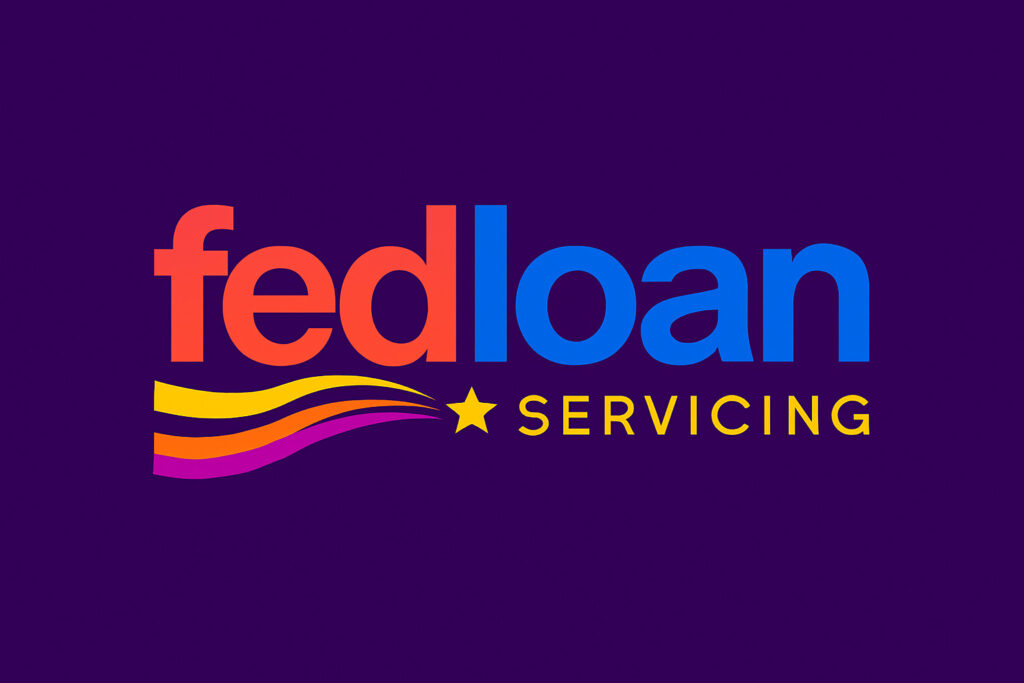What is FedLoan Servicing?
FedLoan Servicing was one of the major federal student loan servicing agents in the U.S., run by the Pennsylvania Higher Education Assistance Agency (PHEAA). It was very well specifically selected by the U.S. Department of Education to service Public Service Loan Forgiveness (PSLF) and various other federal payment capabilities. Although FedLoanServicing has stopped accepting new accounts as of late 2022, understanding its role is important for borrowers transitioning to new servicers.
In this article, we’ll take a closer look at what FedLoanServicing was, how it operated, and what current borrowers will need to know during and after the transition away from FedLoan. Whether you want to manage your loan, know about PSLF, or check your payments, this FedLoan guide is for you.
What Was FedLoanServicing?
FedLoan Servicing was created specifically to service federal student loans, especially those through the Direct Loan Program. It was a loan servicer responsible for the following:
- Processing payments
- Managing repayment plans
- Make loan consolidation easier
- Advocating for Student Loan Forgiveness Programs (Particularly PSLF)
- Offering customer support
FedLoanServicing had the distinct responsibility of overseeing PSLF applications, monitoring that people’s employment was certified, and determining whether they were eligible for forgiveness.
FedLoan: The Servicer of Public Service Loan Forgiveness (PSLF)
One of FedLoanServicing’s prominent responsibilities was its singular position as servicer of the Public Service Loan Forgiveness (PSLF) program. Borrowers in qualifying public service jobs had to certify their employment with FedLoan in order for their monthly payments to count toward forgiveness.
To be eligible for PSLF under FedLoan, borrowers needed to:
- Make 120 qualifying payments
- Have enrollment in an income-driven repayment (IDR) plan
- Step 1: Work full-time for a qualifying employer (government or nonprofit)
FedLoanServicing monitored those payments and made sure they qualified under the PSLF program. That tracking system helped borrowers know how many payments they had made, and how many payments were remaining.
Why Did FedLoanServicing End Its Loan Management?
In 2021, PHEAA announced that it wouldn’t renew its federal servicing contract, which meant FedLoan would no longer manage federal student loans. The decision was prompted by heightened scrutiny and complaints from borrowers, as well as pressure to raise servicing standards throughout the industry.
The U.S. Department of Education started transferring loans from FedLoan to other servicers, including:
- MOHELA
- Aidvantage (formerly Navient)
- Nelnet
- Edfinancial
By late 2022, the majority of FedLoan accounts had been successfully moved over to these alternative servicers.
What Should Borrowers Formerly at fedloan Do?
If you were among the loans serviced by FedLoan, and you’ve been transferred to a new servicer, here’s what to do:
Confirm Your New Servicer
Log into StudentAid. Gov to check your new loan servicer. You would have also received emails or mail confirming the transfer.
Create a New Account
Establish an account with your new servicer. Confirm your contact details, and ensure any data that was transferred (payment history, IDR plan, PSLF progress) is accurate.
Review Repayment Plans
Make sure your repayment plan remains unchanged. If you’re on an IDR plan, recertify your income if needed so that you don’t have any payment spikes.
Monitor PSLF Progress
If you were on track for PSLF, check to make sure your progress carried over properly). All PSLF tracking is now being done by MOHELA, so you may need to submit new employment certification forms.
fedloan Problems with FedLoan Servicing
Even though it was a key part of the federal loan factory, FedLoan was fairly widely criticized for a number of ills:
- Payment tracking errors: Many borrowers said payments were counted incorrectly for PSLF.
- Transparency concerns: Confusion over why specific payments didn’t count toward forgiveness.
- Customer service delays: Borrowers were frustrated by high call volumes and unreliable support.
Because of these complaints, the Department of Education overhauled its federal loan servicing and established higher standards for new servicers.
.
fedloan Table of Contents.
While FedLoanServicing is no longer, effective management of loans is still crucial. Here are some quick tips:
✅ Stay Updated
Always check StudentAid. gov and use it to check on your loan status, servicer changes and policy shifts.
✅ Automate Payments
Enable auto-debit to avoid missed payments and earn an interest-rate discount (usually 0.25%).
✅ Monitor Forgiveness Eligibility
If you’re aiming for forgiveness—PSLF, IDR forgiveness or Teacher Loan Forgiveness—record every step and keep notes.
✅ Use the PSLF Help Tool
The PSLF Help Tool can help you submit employment certification and determine your eligibility.
Student Loan Servicing — A New Approach
The U.S. Department of Education is seeking to improve the student loan system with improved servicer oversight and borrower protections. New initiatives include:
- Next Gen FSA: A single loan servicing platform
- Simplified applications for PSLF and IDR plans
- Better communication with borrowers and support
Even as FedLoan is likely part of the past, the lessons that its operations showcased are advancing a more efficient, transparent student loan system.
fedloan Conclusion
FedLoan Servicing was a major player in the federal student loan system, and has been especially important for borrowers seeking Public Service Loan Forgiveness. And while it no longer exists, it is important for borrowers to know about who they are and what their functions, responsibilities and limitations are so that they can effectively and smoothly transition to new servicers such as MOHELA.
If, at one time, you were a FedLoan borrower, you should take proactive steps to ensure that your account is accurate, that you identify your progress toward loan forgiveness and that you stay in touch with your new loan servicer. The FedLoan breakup is a step in the direction of better loan management experiences — if you remain vigilant and proactive.


